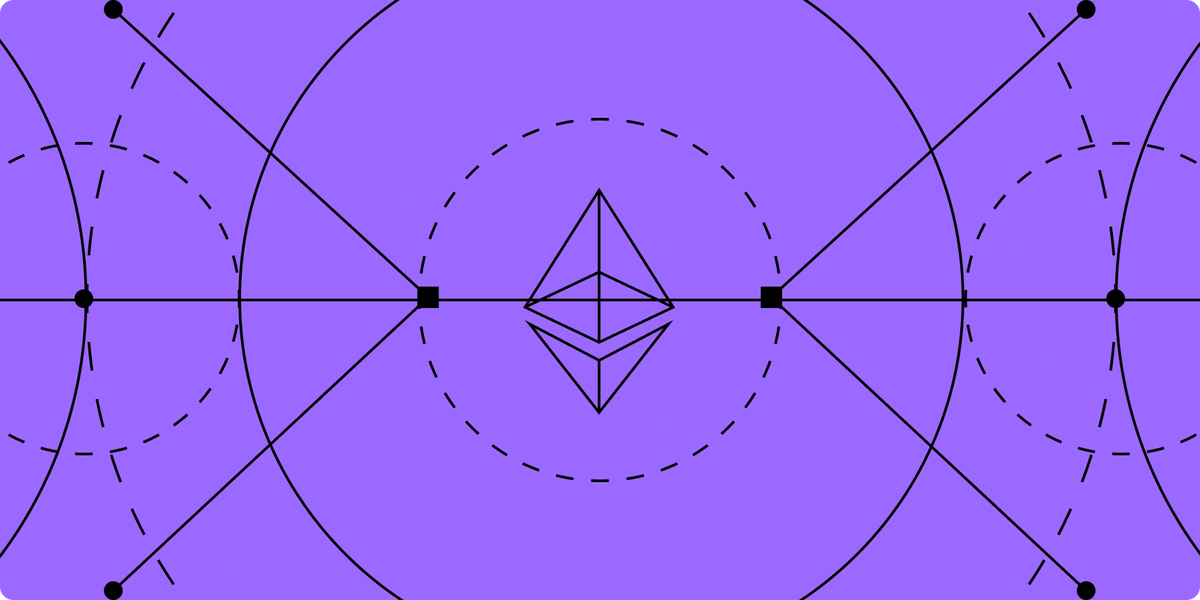This Week's Ethereum and Solana Infra News: PeerDAS & Blob Scaling, SIMD-0180 Leader Schedule Migration

Ethereum
All Core Developers Consensus (ACDC) call #144
Pectra Devnet 3 & 4
Barnabas Busa plans to shut down Pectra Devnet 3 soon but will first troubleshoot a block proposal issue with the Grandine client.
Pectra Devnet 4, Busa wants one more execution layer client to pass tests before launch, with a target date of October 18. Geth and Ethereum JS are ready on the EL side, and Lighthouse, Teku, and Nimbus are ready on the CL side.
PeerDAS & Blob Scaling
CL teams are implementing "engine_getBlobsV1" to help block proposers handle blob transactions, reducing download but increasing upload bandwidth. Developers are optimizing it asynchronously to tackle bandwidth issues.
PeerDAS is being rebased on Pectra specs, with potential increases in blob capacity and recommendations to raise the gas target to 5 and max to 8, along with networking improvements.
EIP 7782 & 7783 Update
Two new EIPs, 7782 and 7783, were proposed for the Pectra upgrade during ACDE #198 as alternatives for scaling Ethereum without increasing blob capacity.
EIP 7783, proposed by Erigon developer Giulio Rebuffo, introduces a mechanism to gradually increase block gas limit without requiring a hard fork.
EIP 7782, proposed by Nethermind developer Ben Adams, suggests scaling Ethereum by reducing slot times to increase both blob and block capacity.
Rebuffo opposed EIP 7782, citing increased node bandwidth and complications for research on single-slot finality. EF Researcher Francesco D’Amato agreed, warning that slot time changes could disrupt ongoing research like enshrined propose builder separation (ePBS) and inclusion lists (ILs).

- Dedaub launches "Security Suite" - offering Ethereum-compatible decompilation, monitoring, formal verification, and transaction simulation, enabling contract analysis, on-chain monitoring, and secure transaction testing.
- Web3 Builder is supported by Dedaub
Hermes: Monitoring Ethereum's GossipSub Network
Hermes is a light-node tool designed to monitor and trace the GossipSub protocol within libp2p-based networks, focusing on Ethereum. By connecting to a trusted local node for accurate chain state information, Hermes collects and sends detailed data on network interactions to various data consumers like AWS Kinesis and Xatu, enabling deeper analysis.
This tool plays a critical role in analyzing network health, tracking connections, control messages, and protocol RPCs. Hermes has already contributed to identifying bugs and suggesting improvements within Ethereum's GossipSub protocol, making it a valuable resource for optimizing network efficiency and security.
New EIP: Gas Limit Increase Strategy
A new EIP by Giulio Rebuffo proposes specific parameters for gradually increasing the gas limit, building on EIP-7783.
It outlines the starting block number, initial gas limit, rate of increase per block, and a gas limit cap to ensure predictable and stable network scaling.
The goal is to achieve balanced growth while preventing network overload.
New EIP: TXINDEX Opcode
A new EIP by Marc Harvey-Hill and Ahmad Bitar proposes adding the TXINDEX opcode, which returns the index of the transaction within the current block.
This helps support encrypted mempools by enabling smart contracts to verify their transaction index for correct inclusion and ordering.
The opcode encourages experimentation with out-of-protocol solutions before a permanent design is finalized.
Solana
SIMD-0180: Leader Schedule Migration
A proposal has been introduced to shift the epoch leader schedule for block production from validator identity addresses to vote account addresses. This migration will ensure that the expected block signer for any given slot is determined by the vote account's designated validator identity, simplifying protocol improvements such as block reward distribution and slashing validators for duplicate block production.
By switching to vote account addresses, this update resolves issues around mapping block producers to delegated stake. The new system will accumulate stake by vote pubkey rather than node ID, ensuring better tracking of stake allocation. While node IDs will still sign blocks, they will now be tied to vote accounts through a lookup mechanism.
To ensure backwards compatibility, existing RPC endpoints will continue to function using node IDs, with new endpoints being introduced for vote pubkeys. Minimal impact is expected, with only slight overhead for node pubkey lookups.
Multiple txs in actions/blinks
Rexap recommends expanding the Action POST response to support multiple transactions, improving user experience by allowing wallets to sign and send multiple transactions at once. This change simplifies complex on-chain actions and enhances transparency without the need for relaying transactions.
sRFC 33: Media Types of Blink
0xaryan proposed to expand the media types supported by Blink actions, beyond the current svg, png, and webp formats. The update introduces support for various image, audio, and video formats, including JPEG, MP4, MP3, and more.
This change allows developers to present richer content within actions, with backward compatibility maintained through the existing icon field as a fallback if the media URL is unavailable.
Like this content? Subscribe to stay up to date.